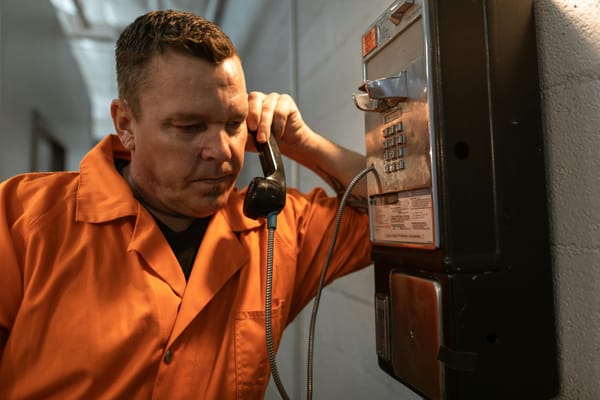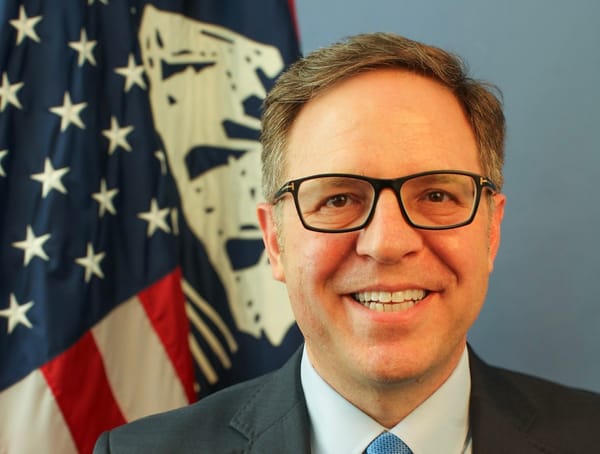In Session at TPRC, Michael Calabrese of New America Emphasizes Vital Role of Spectrum Sharing
February 18, 2021—The United States must institute a spectrum sharing policy to maximize efficient use of the critical airwaves, the director of New America’s Wireless Future project said Thursday. Michael Calabrese, of the non-profit foundation long-standing project focusing on radio frequency spec

February 18, 2021—The United States must institute a spectrum sharing policy to maximize efficient use of the critical airwaves, the director of New America’s Wireless Future project said Thursday.
Michael Calabrese, of the non-profit foundation long-standing project focusing on radio frequency spectrum issues, said “opportunistic spectrum sharing,” whereby incumbent users for a specific band of spectrum share it with other users, should be seriously considered for coverage.
Calabrese outlined the primary points of his January paper called “Use it or Share It: A New Default Policy for Spectrum Management” during a paper session of TPRC, formerly the Telecommunications Policy Research Conference, on Thursday.
Calabrese conceded that running out of usable spectrum was not a new concern. He gave the example of the broadcast television spectrum incentive auction.
Even though the license to use certain bands of spectrum were already owned, in 2014 the Federal Communications Commission began to auction bands off for other uses on a volunteer basis. That is, television providers that were not using their allotted bands could sell the rights to use them to other providers, thus ensuring the effective use of spectrum.
Sharing spectrum already in use
According to Calabrese, ensuring the use of unused and underutilized parts of the spectrum is only a part of the picture. Sharing spectrum that is already being used must also be considered. He stated that traditional policies made to auction and clear spectrum could not hope to meet projected demand and that band sharing would be necessary.
As an example, Calabrese pointed to the military radar spectrum on the 3100 MegaHertz (MHz) to 3550 MHz band. Though these bands are currently dedicated to the U.S. military’s long-range surveillance and fleet air defense radar systems, Calabrese stated that the FCC has identified this band as potentially sharable and will be auctioning off bands of spectrum that fall within this range as soon as this month.
“The first principle of opportunistic spectrum sharing is that secondary users do no harm to incumbent services,” Calabrese said. In the context of the aforementioned example, this would mean that anyone sharing bands with military radar systems could not compromise the military’s ability to use their radar.
But this would not mean that incumbent users would have no obligations to those they are sharing spectrum with.
More robust sharing policies and initiatives would bring several key benefits, Calabrese argued. He stated that such policies would allow for more efficient use of federal spectrum capacity; lower barriers of entry for more uses and users; promote service in rural and underserved areas; and promote secondary market transactions.
Calabrese said that the use-it-or-share-it approach serves a more positive addition to the older “use it or lose it” strategy, which he asserted is too punitive and draconian when used alone. He was not completely opposed to the “lose it” component but emphasized the benefits of using a combination of the two strategies to get the best of both approaches.
Calabrese identified three key areas that would be optimal for spectrum sharing, namely bands from 2900 MHz to 3700 MHz used by military radar systems; bands from 4400 MHz to 4500 MHz; 4800 MHz to 4940 MHz used by the Department of Defense and other law enforcement; and, finally, a commercial band from 12.5 GigaHertz (GHz) to 12.7 GHz.










